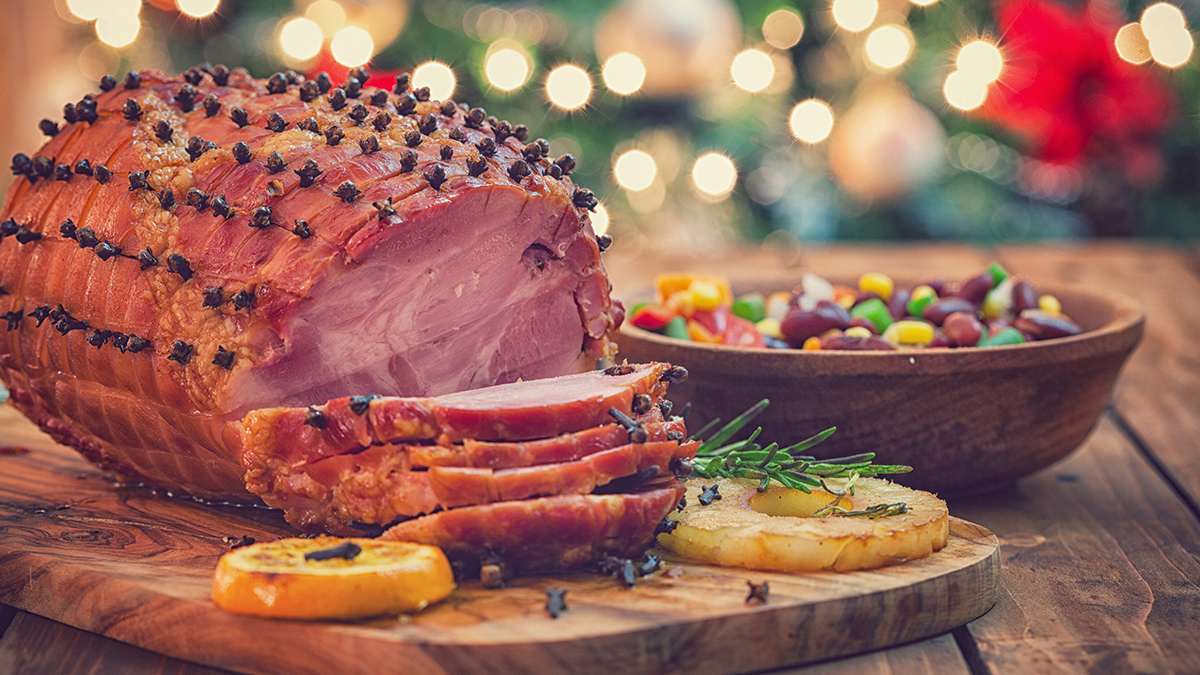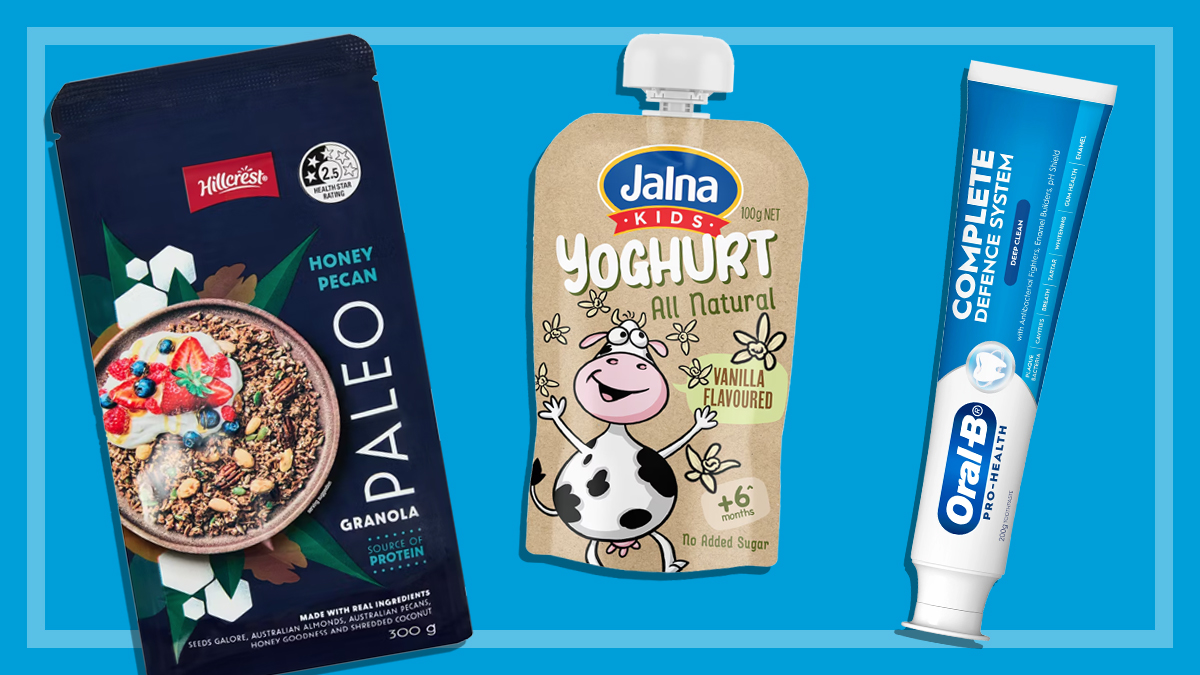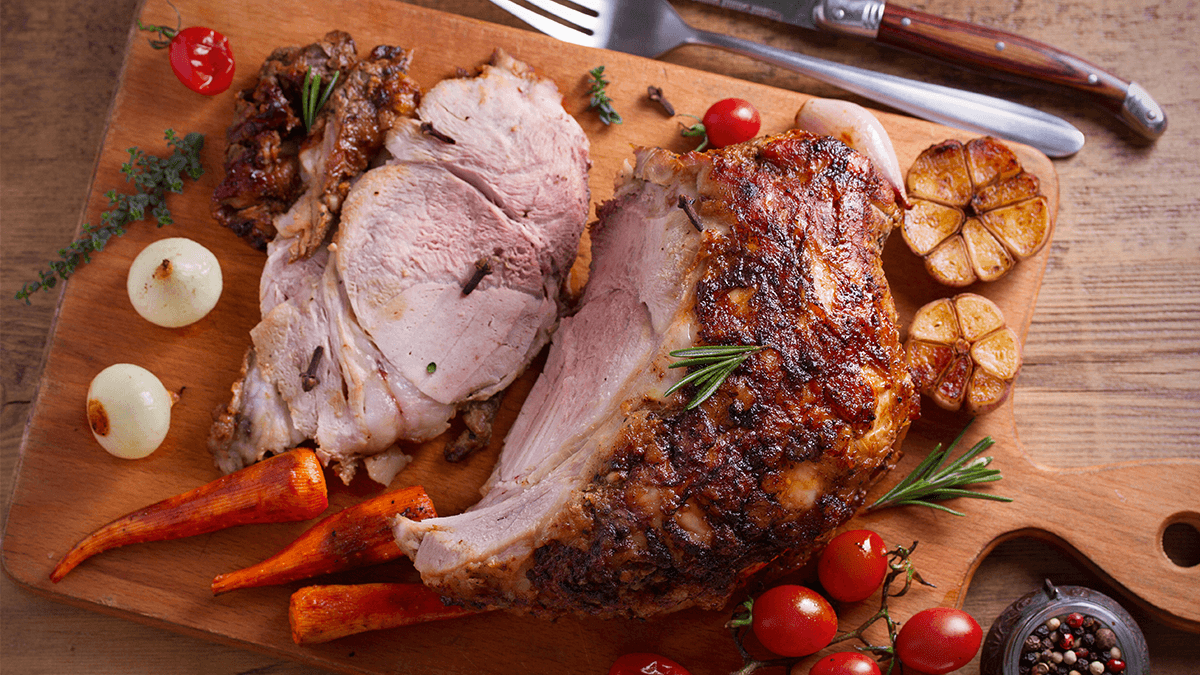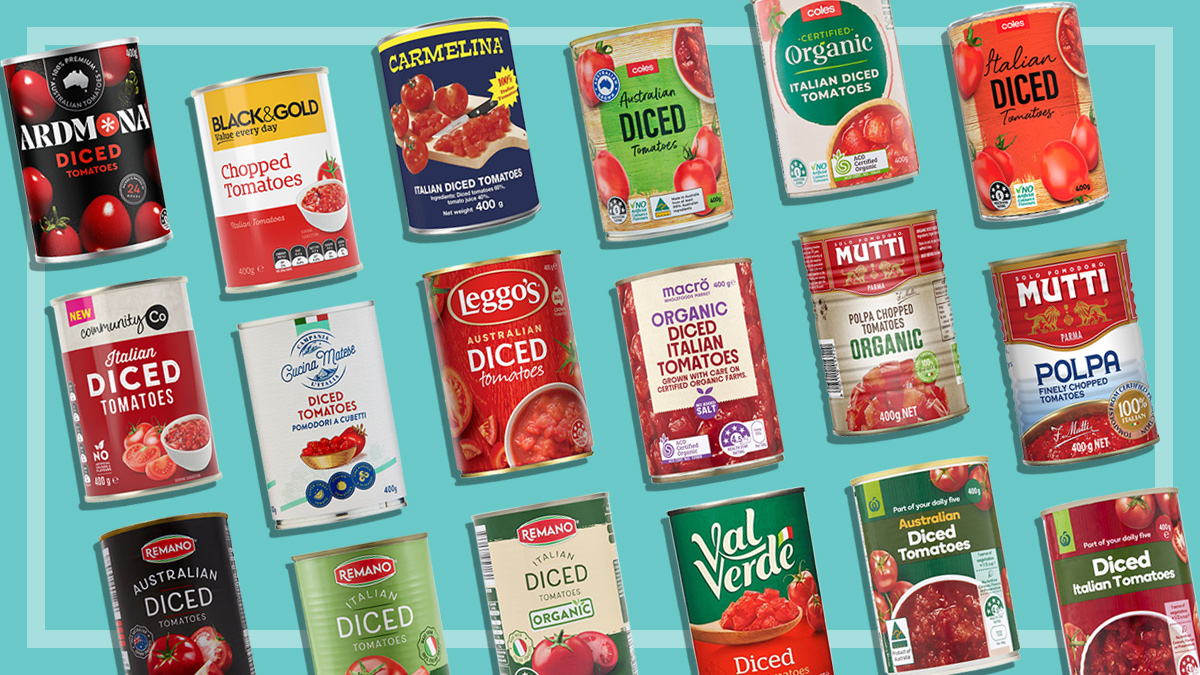Get our independent lab tests, expert reviews and honest advice.
Are we being palmed off?
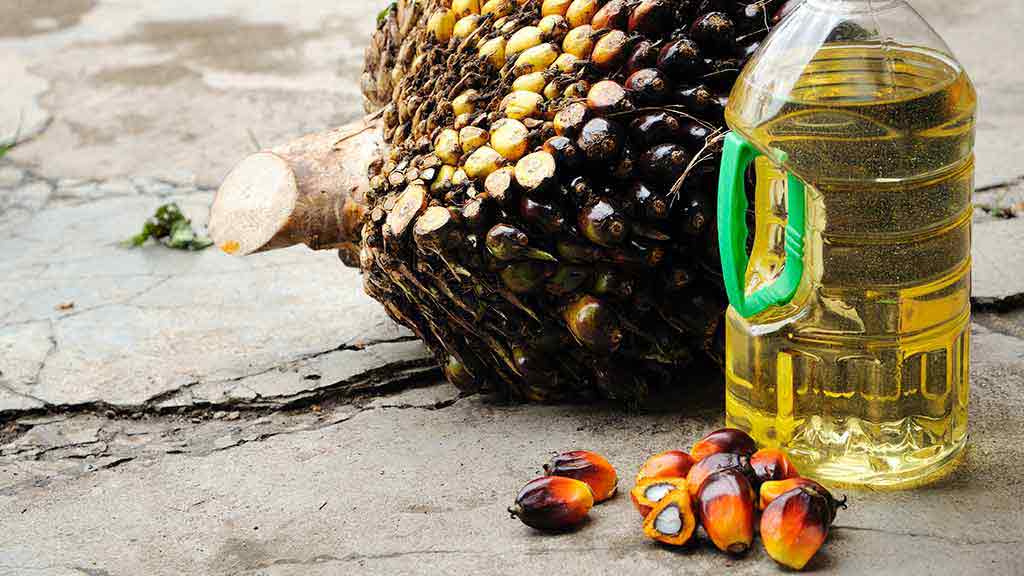
Whether you’re grabbing a few school snacks for the kids at the supermarket, or doing the weekly shop, there’s a good chance some of the things in your trolley will contain palm oil. Favoured by the food industry because of its relative low cost, versatility and functionality, palm oil is in about half of all packaged items in supermarkets, and according to World Wildlife Fund (WWF) it’s the most widely used vegetable oil on the planet, accounting for 65% of all vegetable oil traded internationally.
On this page:
- Environmental and social impact
- Health impact
- Consumers left in the dark
- Mandatory palm oil labelling needed
But there’s a dark side to palm oil.
Environmental and social impact
Clearing land to make way for oil palm plantations has resulted in mass deforestation, particularly in Malaysia and Indonesia where more than 80% of the world’s palm oil is produced. This has destroyed the natural habitat of animals including orangutans, tigers, rhinos and elephants, pushing some to the brink of extinction. It has also resulted in large volumes of greenhouse gas emissions.
In some cases forest clearance has also displaced indigenous people, depriving them of their livelihoods and threatening their culture and way of life.
Health impact
Palm oil is also bad for your health. Although it’s rich in carotenoids (antioxidants), it contains more than 50% saturated fat and can raise ‘bad’ cholesterol levels.
The World Health Organization believes there’s convincing evidence that palmitic acid (found in palm oil) contributes to an increase in the risk of cardiovascular disease, and palm oil is one of the two tropical oils (the other is coconut oil) the Heart Foundation recommends we avoid.
The Australian Dietary Guidelines even identifies palm oil as one of the saturated fat-heavy foods we should replace with alternatives that contain predominantly polyunsaturated and monounsaturated fats.
But that’s easier said than done.
Consumers left in the dark
Our food might be riddled with palm oil, but you’d be forgiven if you didn’t know it. Food Standards Australia New Zealand (FSANZ) currently doesn’t require companies to specifically label palm oil – it allows it to be hidden behind a generic ‘vegetable oil’ or ‘vegetable fat’ label.
To see if this is common knowledge, we surveyed Australians and asked them to list oils they thought were included in the term ‘vegetable oil’ – just 15% mentioned palm oil.
The reactions on being told about current labelling requirements were revealing.
“I am so shocked to discover that palm oil is listed under vegetable oil – wow!” commented one respondent.
“I didn’t realise that it was shown as vegetable oil on labels. I will have to rethink some of my purchases and contact companies before I buy their products in future. I don’t think that fact is widely known and I think there would be a significant change in people’s shopping habits if they knew,” wrote another.
“I am dismayed to learn that it can be labelled vegetable oil,” expressed a third.
And even though a growing number of companies now use certified sustainable palm oil (CSPO), it makes up just 18% of the global palm oil supply, and they don’t always declare it.
Mandatory palm oil labelling needed
One of the recommendations to come out of 2011 Review of Food Labelling Law and Policy (the Blewett Review) was that the type of oil should be clearly identified in brackets after the generic term ‘vegetable oil’ – and consumers agree. Seventy per cent of Australians we surveyed said it’s important to them that palm oil is labelled separately on the ingredients list, for a range of reasons neatly summed up by the following comments.
“I am vegan and cruelty free so ingredient lists being correctly displayed is very important to me,” stated one respondent.
Another commented “I don’t have a problem consuming palm oil but I am very wary of buying anything that contains it due to the environmental harm it can cause.”
Said a third, “Its got a bad reputation for health but for me the main issue is ethically sourcing it.”
And finally, “It’s not healthy. I try not to knowingly eat foods that contain palm oil.”
Whether it’s for health reasons, or to make food purchasing decisions that align with personal values and beliefs, consumers should have easy access to information about palm oil in their food.
What CHOICE wants
CHOICE is calling for mandatory labelling of palm oil. This would help consumers make informed decisions, give companies an incentive to source sustainable palm oil, and encourage companies already using sustainable palm oil to promote this.
FSANZ is reviewing the Blewett Review’s recommendation for palm oil labelling.
Our survey
We surveyed 1061 Australians about palm oil. The sample was nationally representative, and respondents were aged 18-75 years.
Of the Australians who place importance on being able to correctly identify whether a product contains palm oil, 59% cited environment reasons, 58% health reasons, 45% animal welfare reasons and 37% ethical reasons relating to Fairtrade/worker conditions.
Certified sustainable palm oil – what is it?
Many large food manufacturers have joined the Roundtable of Sustainable Palm Oil (RSPO), an initiative that encourages members to buy palm oil from sustainable sources. The RSPO certifies a range of palm oil supply options which vary in their degree of sustainability or environmental impact.
- Identity Preserved Certified Sustainable Palm Oil (CSPO) is oil that’s 100% certified sustainable, and fully traceable to a single source.
- Segregated CSPO is oil that’s 100% certified sustainable from mixed sources.
- Mass balance is a combination of certified and uncertified palm oil.
- Book and Claim/GreenPalm is essentially a trading scheme whereby certificates are purchased by companies to offset their usage of uncertified palm oil. GreenPalm supports the production of sustainable palm oil – and companies that purchase certificates can make a sustainable claim – but the oil itself from this supply option isn’t certified sustainable. 55% of RSPO-certified palm oil sales in 2014 were via GreenPalm.
Sustainability statements
In the absence of mandatory labelling, one way to find out which food companies use palm oil and whether it’s sustainably sourced is to look on the company’s website. But when we checked palm oil-related statements on the websites of some RSPO members, and compared that with details in their 2014 annual communications on progress supplied to the RSPO, we found you’re not always given the full picture.
HJ Heinz, for example, states “Heinz completed its conversion to 100% certified sustainable palm oil in December 2013.” But it doesn’t mention that in 2014, 12% of this was sourced using the mass balance model and 6% was from GreenPalm certificates. And Nestle states “In 2013, we have already achieved 100% sourcing of RSPO certified sustainable palm oil, two years ahead of our public commitment”, without revealing that it’s largely in the form of GreenPalm certificates (90% in 2014).
And bear in mind that even if a company claims to be a member of the RSPO it doesn’t necessarily mean they’re already using certified sustainable palm oil – just that they’ve made a commitment to eventually purchase it.
Palm oil popularity
There are a number of reasons why palm oil is so popular with food manufacturers:
- It maintains its properties even when cooked under high temperatures.
- It’s stable over long periods of time which extends the shelf life of foods (crispiness or crunch can be maintained for longer, for example.
- Its smooth and creamy texture and neutral taste and smell make it a great ingredient for many recipes, from margarine and chocolate spreads to baked goods like biscuits.
- It’s solid or semi-solid at room temperature (it stops margarine from being liquid at room temperature, for example).
- It’s comparatively cheap being the highest-yielding vegetable oil crop and needing less than half the land required by other crops to produce the same amount of oil
Because of these unique properties it’s a common ingredient in products ranging from margarines, biscuits, breads and breakfast cereals to chocolates, instant noodles and ice creams. It’s even used in personal care products such as lipstick and shampoo.
WWF has more information on everyday products that contain palm oil, and why.

